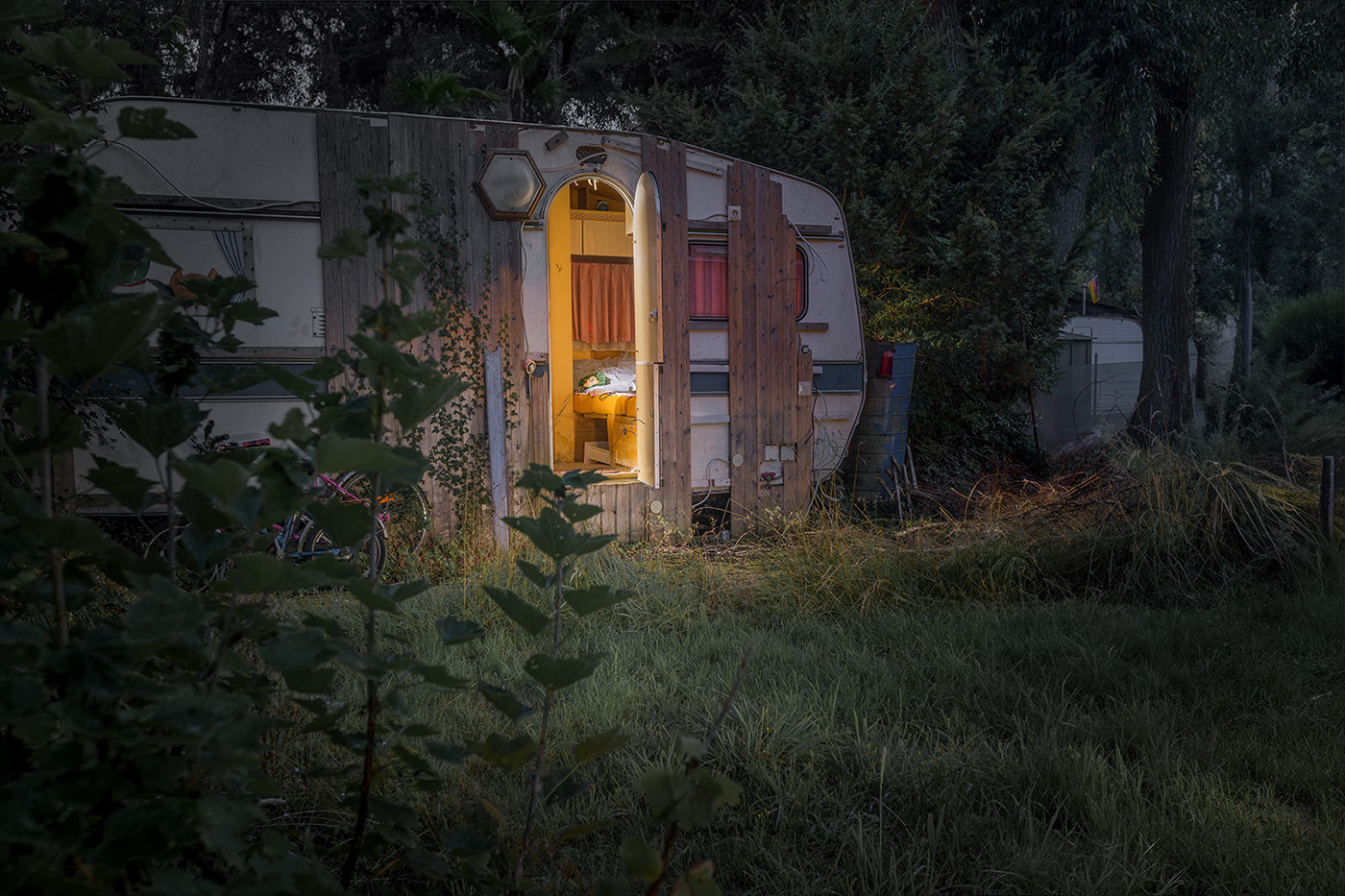I
I have never met Markus Lehr in person, outside of a single webcam meeting. This seemed an appropriate encounter, since the first time I saw his photographs were on my computer far away from Germany. The small backlit images on his Flickr feed resembled movie scenes from Mars, strewn with eastern European artifacts and architecture, consistently rendered, one after another. In an era of ubiquitous and often disposable photography, the deliberate intention and precision revealed here were refreshing. Markus’ story is one of an amateur photographer, versed in the craft since his youth, and passionately liberated in a way that is only the realm of the non-professional, who is usually bound by financial burdens and preconceived notions of what photography should and shouldn’t be. Discovering the work of Markus Lehr is a bit like opening a box filled with images of a place you have never seen, never dreamed you would want to visit, but are overwhelmingly compelled to explore.
If one were to plot the locations of where Markus’ photographs would be on the modern map of Berlin, it would constitute a haphazard, if not meandering, visual constellation that might represent the first-ever open-air museum of Berlin’s technical accomplishments and its least known historic sites. The varied locations on this map would denote places of minor and major historic occurrences, technical and industrial achievements, and possibly failures and sites where men conduct work and commerce daily. If you were to visit this museum in the light of the day, there would not be much notable to see. No placards or signposts mark these scenes. His subject matter, things like rail yards, nondescript street corners, old cars or river banks filled with the detritus of industry, describes nothing that is outwardly exciting or worthy of mention. To the pedestrian or workers who would occupy these environments, they would see none of the detail and certainly none of the subtle splendor of mercurial light his camera captures. They would not notice the sometimes-odd collections and artifacts that live within the same field of view. His is the fortunate but rare occurrence when a photograph and the photographer can better articulate the sense of place than what can be witnessed by being there. The transformation of what we know into what we have never seen is one of the many wonders of photography. And therein lies the power of this work.
This collection, or visual taxonomy, of work sites, scenes of industry, and the seldom-studied histories of Berlin comes from someone who has called Berlin home for over 30 years. The work exudes a respect for its people and places that comes naturally from someone who lives in and loves this city. And it comes from someone who has witnessed a few of its transformations. Once you absorb these images, it is an easy leap to fathom how the teenager who built handmade synthesizers and science kits developed into a man who has obsessively and patiently photographed these locations for almost two years straight.
It is also of little surprise to learn that Markus often finds his locations to photograph by using the bird’s eye view of Google Maps. This search for “interesting structures” that stand out visually has become almost a weekly habit for him. Such locations are often right around the corner from Berlin tourist areas or iconic places. They might be unrecognizable to us as significant locations, but the way they are seen gives them substantial importance.
